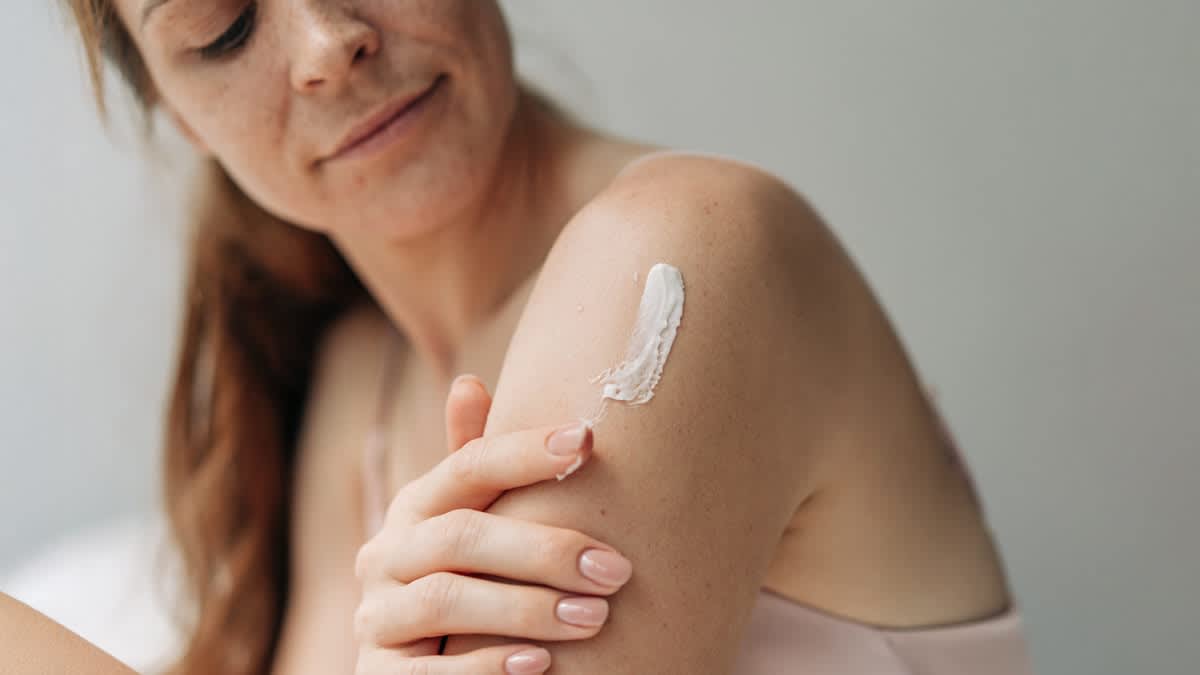Urea Skin Care Ingredient Benefits and Dosage

Urea, in my experience, isn’t often called out on product labels as a star ingredient the way other star active ingredients, like retinol or salicylic acid, are—so you might need to peek at the ingredients list on the back of the product packaging to see if it’s present. If you want to guarantee that it’s in the product in a high percentage, though, your best bet is finding a product where the urea is specifically mentioned, such as La Roche-Posay Lipikar Urea 10 percent Roughness Smoothing Lotion, Cetaphil Rough & Bumpy Daily Smoothing Moisturizer with 20 percent urea, or Prequel Advanced Relief Moisturizing Milk with 10% urea. It’s also available via prescription formulation.
For hydration purposes, consider sticking with a lower-dose urea moisturizer. “At lower concentrations—2 percent to 10 percent—urea functions primarily as a humectant, drawing in moisture,” says Tung. “This is helpful in managing conditions like xerosis (dry skin) and eczema, where gentle hydration and barrier support are needed.”
Keratosis pilaris can be aggravated by dry skin (which is one reason it’s often worse in the winter), so moisturizing it with whatever you’ve got lying around might help some. But a urea moisturizer with higher doses of urea can break down the keratin buildup that’s causing those bumps, thus resulting in smoother skin. “At 10 percent to 30 percent, urea becomes keratolytic, helping to shed rough, bumpy, or scaly skin. This is beneficial for treating calluses on the hands and feet, ichthyosis, thicker psoriasis plaques, and keratosis pilaris,” says Tung. “As a keratolytic agent, it disrupts the bonds that hold dead skin cells together, facilitating gentle exfoliation. This softens thickened or rough skin.” Lotion containing urea can be helpful for people with thick calluses that can emerge from diabetes, too, according to the American Academy of Dermatology. These concentrations can also help with seborrheic dermatitis, a condition in which the scalp typically becomes inflamed with scaly patches. (If you’ve ever had a baby with cradle cap, you’re familiar with seborrheic dermatitis.)
Even if you have “normal,” healthy skin without any particular issues, you can still benefit from adding urea to your skin care routine. “Using urea at a lower concentration (2 to 10 percent) on normal skin can boost hydration, giving the skin a plump and youthful glow,” says Tung. “It can even have anti-aging effects by strengthening skin resilience and boosting the penetration of other compounds you apply as part of your skin care routine.” So if you’re using a retinoid, for example, you can consider applying a low-dose urea moisturizer over the retinoid to help it do its magic (which is what I do!).
Bonus: Urea is remarkably well-tolerated. A review of the available literature on urea found only one case report of allergic contact dermatitis from a urea-containing product, and the study was unable to discern with confidence whether it was the urea or another ingredient causing the issue. Still, you can overuse it, especially if you’re using it alongside retinoids. “High-strength urea (≥30 percent) can cause stinging, peeling, or redness when overused—particularly when combined with other products like retinoids,” says Tung. “Using strong urea creams too frequently can also compromise the skin barrier, leading to increased transepidermal water loss—the very thing you’re often trying to prevent.” Keep high-strength urea use to tougher, thicker areas of the body just a few times a week.
link







